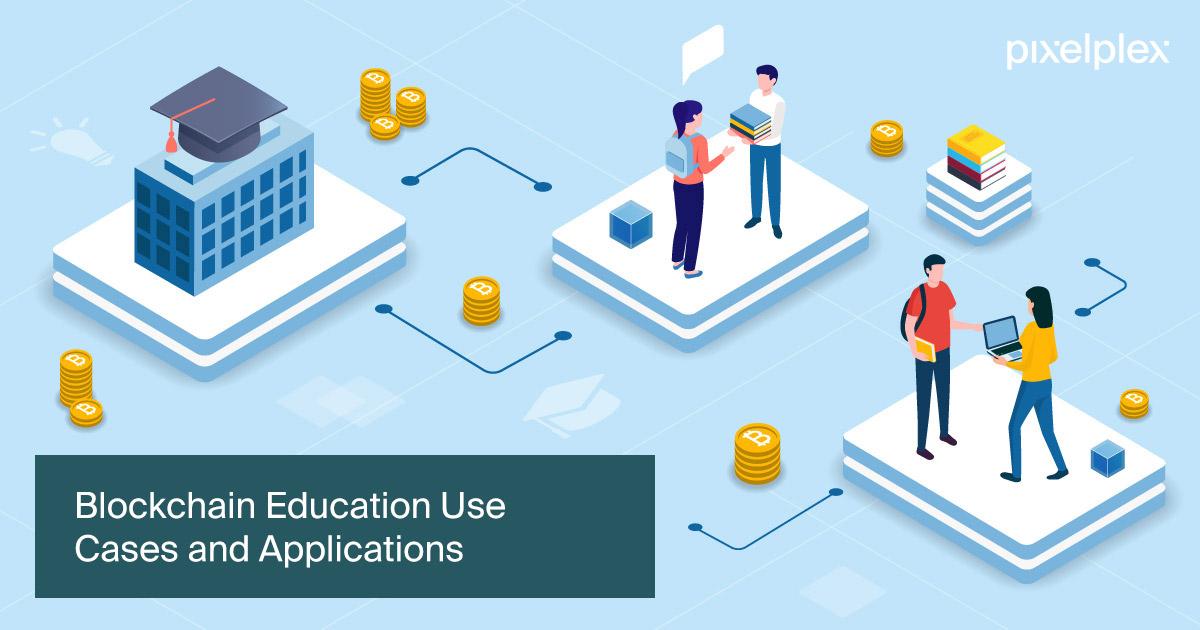how Implementing Blockchain Transforms educational Institutions: Benefits, Challenges & Strategies
blockchain technology is rapidly reshaping multiple sectors, and education is no exception. With its ability to enhance data security, openness, and efficiency, blockchain is transforming how educational institutions operate, manage records, and deliver value to students and faculty. In this complete guide, we’ll explore the multifaceted impact of implementing blockchain in education, covering its key benefits, potential challenges, real-life case studies, and actionable strategies for seamless adoption.
Understanding Blockchain in Education
At its core, blockchain technology is a decentralized, immutable ledger system that records digital transactions securely and transparently. In the context of educational institutions, blockchain can streamline processes such as student record management, academic credentialing, intellectual property protection, and even online learning.
Key Benefits of Blockchain for Educational Institutions
- Enhanced Data Security: By leveraging blockchain’s cryptographic protocols, institutions can safeguard sensitive student and staff data from unauthorized access and data breaches.
- Efficient Credential Verification: Blockchain-powered digital diplomas and certificates can be easily verified by employers and other schools, eliminating fraudulent claims and reducing administrative overhead.
- Streamlined Administrative Processes: Smart contracts automate tasks such as course registration, tuition payments, and scholarship distribution, reducing bureaucracy and error rates.
- Ownership & Portability of Credentials: Students gain control over their academic records and can share verified credentials instantly, supporting lifelong learning and cross-border studies.
- Clear Funding and Donations: Blockchain ensures that grants,scholarships,and donations are transparently tracked,fostering trust with stakeholders and donors.
- Protection of Intellectual Property: Educators and researchers can use blockchain to timestamp and protect research, instructional materials, and creative works.
Challenges of Implementing Blockchain in Education
- Initial Cost & Technical Complexity: Deploying blockchain infrastructure requires technical expertise and financial investment, which can be a hurdle for cash-strapped institutions.
- Integration with Legacy Systems: Many schools and universities rely on customary database systems, making interoperability with blockchain solutions a complex process.
- Regulatory & Compliance Concerns: Education is a highly regulated sector. Institutions must ensure blockchain implementations adhere to data protection laws like FERPA or GDPR.
- Scalability Issues: As users grow, public blockchains may face performance bottlenecks, necessitating careful selection of private or consortium models.
- Resistance to Change: Training staff and aligning stakeholders can take time, as apprehension about new technology is common.
Case Studies: Blockchain in Action in Educational Institutions
MIT Digital Diplomas
The Massachusetts Institute of Technology (MIT) pioneered blockchain-based digital diplomas, enabling graduates to securely share verifiable credentials with employers globally.
Sony Global Education and IBM Blockchain
Sony partnered with IBM to build a blockchain platform that manages student records, transcripts, and test results across multiple institutions—improving data portability and transparency.
Open University’s Open Blockchain
The UK’s Open University launched the Open Blockchain initiative to research decentralized credentials,peer-to-peer learning,and resource sharing using blockchain technology.
Strategies for Accomplished Blockchain Adoption in education
Effective blockchain implementation in higher education or K-12 requires careful planning. Here are proven strategies to drive success:
- Start with Pilot Projects: Select a manageable scope—like digital certificates or transcript verification—to demonstrate value and build stakeholder confidence.
- Engage Stakeholders Early: Communicate benefits to students, faculty, administrators, and IT teams. Include them in the design and rollout phases.
- ensure Regulatory Compliance: Collaborate with legal experts to align blockchain applications with educational and privacy regulations.
- Leverage Consortium or Private Blockchains: consider private blockchains for improved scalability and data privacy,especially for sensitive academic data.
- Provide Training & Support: Conduct workshops or online courses to boost digital literacy and demystify blockchain for staff and students.
- Partner with EdTech Companies: Collaborate with technology providers specializing in blockchain in education for tailored solutions.
practical Tips for Educational Leaders
- Evaluate Use Cases: Not all processes benefit equally from blockchain. Prioritize high-impact areas like credentialing, student records, and fundraising transparency.
- Focus on User Experience: Solutions should be intuitive, minimizing disruptions for students and staff.
- Develop Clear Governance Policies: Define how data is added, accessed, and shared across the blockchain network.
- Monitor & Measure Outcomes: Track efficiency gains, cost savings, and stakeholder satisfaction to continuously improve the implementation.
Future of Blockchain in Education
With rapid advancements in blockchain technology in education, the future points towards even greater personalization, automation, and democratization of learning. Emerging trends such as decentralized autonomous organizations (DAOs) for governance, NFTs for digital badges, and blockchain-based micro-credentials are already making headlines.
Conclusion
Implementing blockchain in educational institutions brings remarkable benefits—enhanced security, efficiency, and transparency—while enabling students to take ownership of their learning journey. However, successful blockchain adoption requires strategic planning, stakeholder engagement, and ongoing learning. By embracing innovation and harnessing the transformative power of blockchain, schools and universities can lead the way into a new era of trustworthy, globally connected education.
Ready to begin your institution’s journey? start with pilot projects, gather feedback, and build partnerships to harness the full potential of blockchain in education.

